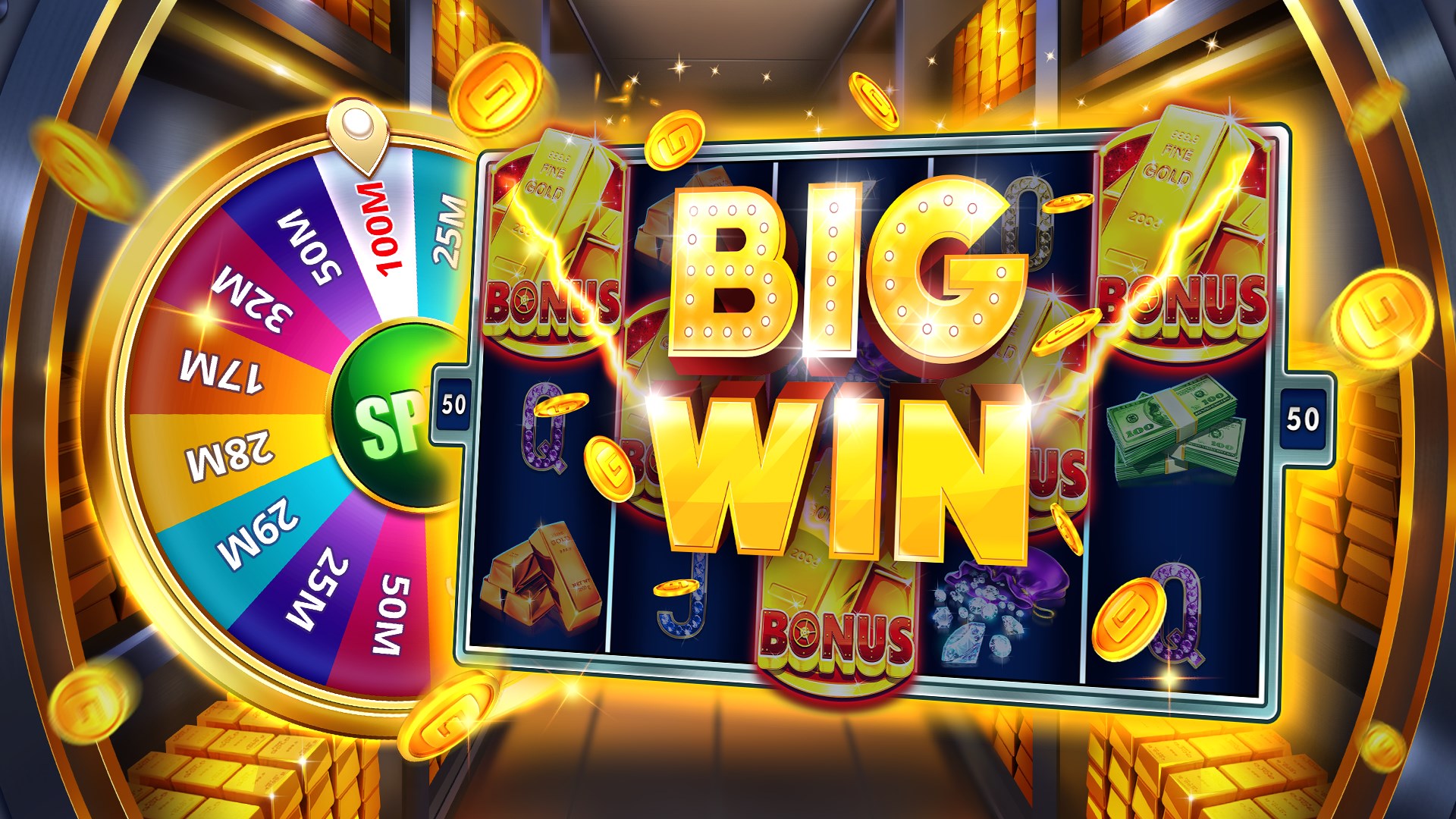Beneath these shimmering illuminations and those enticing noises of rotating wheels lies an dynamic world where creativity meets mathematics: the creation of casino games. As players converge to casinos seeking thrills and the chance of winning big, a vast amount of work takes place behind the scenes to create the games they enjoy. From the initial concept to the final product that players interact with, numerous elements come together to ensure a captivating play experience.
Designers, technicians, plus game developers collaborate to combine innovative technology with enthralling gameplay mechanics. Each aspect, from graphics and audio elements to probabilities and payouts, is meticulously crafted to attract players plus keep them entertained. Understanding this complex process of the way casino games are made reveals not only the technical skills required but also the creative vision that brings these engaging experiences to life.
Casino Game Development Workflow
The game workflow begins with idea generation and concept development, where creators develop ideas for innovative casino games. This initial phase typically includes pinpointing target audiences and understanding market trends. Designers take into account elements like game mechanics, themes, and payout structures to create an engaging experience. Teamwork between game designers, mathematicians, and artists is essential to guarantee a balanced concept.
Once a design is chosen, the next stage entails prototyping and testing. Designers build a functional version of the game to assess its playability and mechanics. This facilitates adjustments and refinements based on feedback from testers. Reiteration is key, as designers may navigate multiple rounds of testing to optimize gameplay balance and user experience. This phase is essential for identifying any possible issues before the game goes into production.
After testing, the game moves into development and production. GA179 This comprises the technical aspects of coding the game software, integrating graphics, and ensuring compliance with gaming regulations. Quality assurance testing ensures that the game functions seamlessly across various platforms and devices. Once everything is polished, the game is prepared for launch, often accompanied by marketing strategies to attract players and generate excitement around the new casino offering.
Tech and Development
The development of casino games has transformed significantly with advancements in technology. Contemporary game design often includes premium graphics, engaging sound effects, and dynamic animations that deliver a captivating experience for gamers. Game developers use advanced software tools and coding languages to develop these immersive gaming experiences. Additionally, the use of RNGs ensures fairness and unpredictability in outcomes, which is important for ensuring player trust and compliance with gaming regulations.
In the past few years, the rise of online casinos has pushed the boundaries of game development even further. Developers are now able to design games that appeal to a worldwide audience, integrating features such as live dealers and VR environments. This transition has encouraged new ideas, leading to unique game mechanics and formats that enhance player engagement. Gaming on mobile devices has also become a significant focus, encouraging developers to optimize games for smartphones and tablets, ensuring availability and ease of access for players on the go.
Collaboration among designers, artists, and math experts is essential in the development process. Each team brings their knowledge to ensure games are not only aesthetically pleasing but also statistically accurate and enjoyable. The integration of player feedback during beta testing allows developers to improve game features and functionalities, ultimately leading to a positive launch. As technology continues to advance, the potential for innovative game concepts and experiences is unbounded, promising an thrilling future for casino games.
Assessing and Quality Assurance
Once a gambling game has been created, it moves into the critical phase of evaluation and quality assurance. This stage ensures that the game operates perfectly and provides a just experience for users. Teams conduct thorough tests, including operational checks to verify that all game features work as intended. Each component, from graphics to sound effects, is evaluated to ensure quality benchmarks are met.
In addition to functionality testing, the game entails thorough compliance checks to meet regulatory requirements. Different jurisdictions have specific regulations governing game fairness and player protection. Quality assurance teams will check that the random number generators are operating correctly and that the game’s payout percentages correspond with industry standards. This detailed examination helps forge trust with players and oversight bodies alike.
Finally, pre-launch testing may be conducted with genuine players to collect opinions on user experience. This critical insight allows developers to implement necessary adjustments before the official launch. Resolving any likely issues noted during this phase helps ensure that gamblers will have a smooth, captivating experience when the game goes live. The commitment to quality reflects the industry’s dedication to delivering entertaining and trustworthy casino games.
